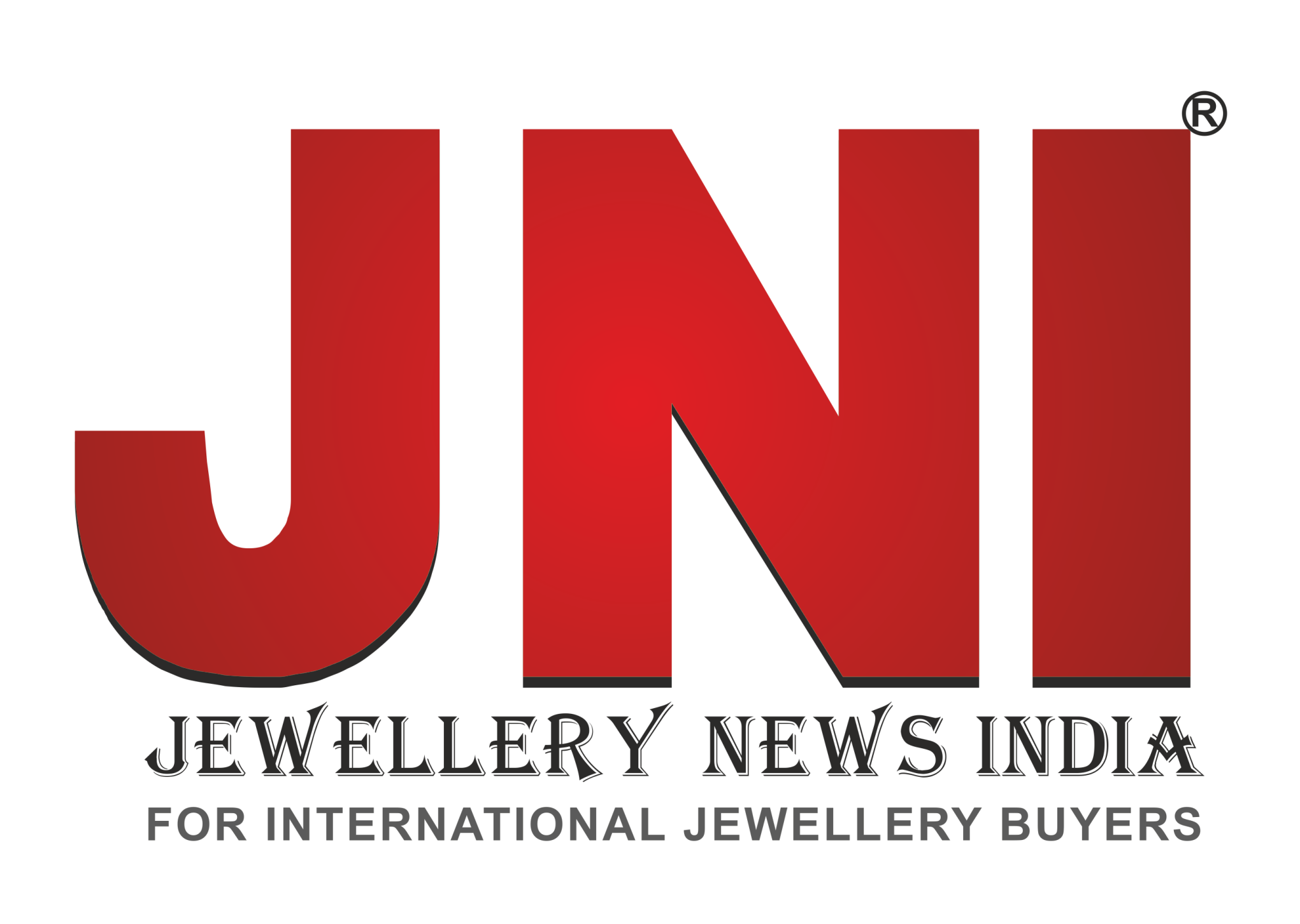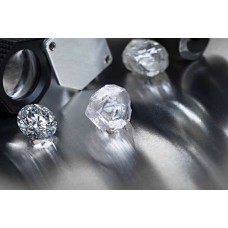Polished sales to tumble down over 10% by 2019
In 2018, cutting and polishing revenue grew 3%, supported by a healthy increase in consumer demand for diamond jewelry. However, polished diamond sales are expected to drop 10% to 15% by the end of 2019 because of slowing demand for diamond jewelry globally, lower diamond content in jewelry designs, inventory optimization by major retailers and declining available financing for midstream players.
The combination of lower polished diamond sales and excess inventory accumulated by the midstream in 2017 and 2018 reduced net imports by 3% and 30% in 2018 and 2019, respectively. India experienced the steepest decline.
In India, weakened local currency, liquidity issues, resulting from bank financing cuts and ongoing effects of demonetization have contributed to stockpiling of incoming goods. Slower sales and stretched working capital damaged the sector’s profitability. On average, operating margins in the cutting and polishing segment contracted 2% to 3% in 2019 compared with 2018.
To sustain profitability, the midstream companies cut excess capacity and shifted their focus to melee diamond production to maintain factory utilization and minimize working capital. The decline of rough diamond prices exacerbated the situation, leading to stock devaluation and, in some cases, affecting financing options.
In the midterm, the segment will continue to operate with significant pressure on the bottom line. Interest rates, maturity and availability of financing continued to challenge the midstream segment in 2019. Interest rates increased to match rising default risk.
In 2019, cutting and polishing players needed longer-maturity loans for two reasons: growth in consignment practices increased the number of days for receivables to turn over, and inventory turnover days increased because of lower demand among certain assortment groups.
Traditional diamond banks tightened financing and credit requirements, and key Indian banks became more conservative following the generally poor performance of the Indian financial sector. The current situation presents an opportunity for non-traditional financing options, which are currently limited to a handful of large midstream players.
Short-term pressure on the midstream could lead to long overdue restructuring and consolidation within the segment. Even in the current situation, some companies are making money. Successful players have shifted from a supply-driven mind set to a demand-driven model in which they make purchasing decisions in line with downstream demand. These companies also offer greater transparency, which is attractive to financing institutions and banks.




